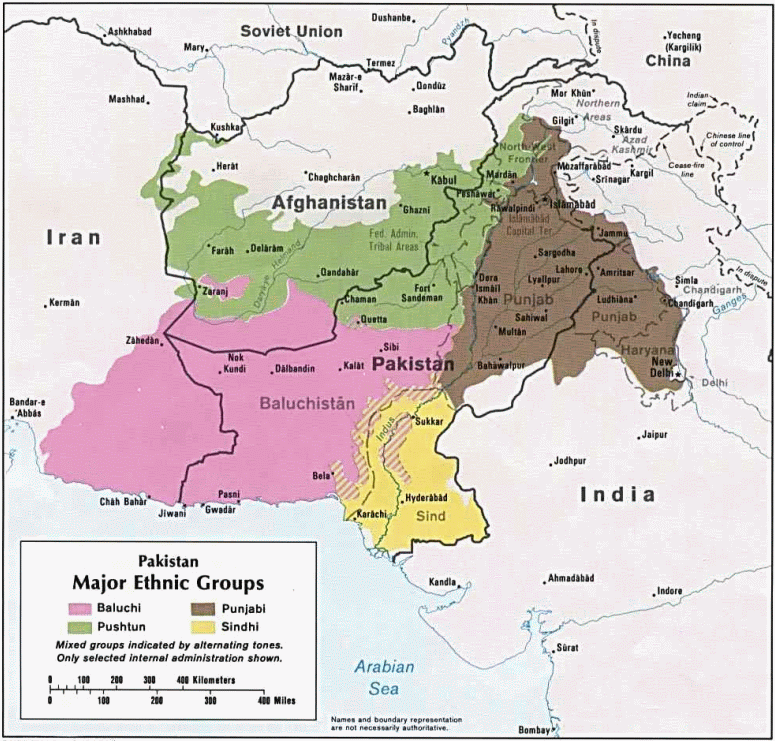Higazi is not alone, another Egyptian cleric on another channel, citing the Protocols of the Elders of Zion cites detergents, soft drinks, as well as several chain fast food restaurants (including Little Ceasars along with Starbucks) as being Jewish-Zionist products that are part of a plot “to erase Islamic identity.”
This is, of course, like so much in the Arab media, simply ridiculous – feverish conspiracy theories intended to distract from a squalid reality. Hopefully recent Islamist calls to boycott Starbucks will not lead to violence. But the anti-Starbucks campaign has historic resonance and speaks to the root of frustrations in the greater Middle East.
Mocha vs. Java
Bernard Lewis’ The Middle East: A Brief History of the Last 2,000 Years begins by describing a typical coffee shop in the Middle East. He writes:
In outward appearance this Middle Eastern café patron does not look very different from a similar figure sitting in a café in Europe… He will look very different from his predecessors in the same place fifty years ago, still more a hundred years ago. That of course is also true of the European sitting in his café, but the two cases are far from being the same. The changes that have taken place in the appearance, the demeanor, the garb, the behavior of the European during that time are almost entirely of European origin…. In the Middle East, on the other hand, the changes, for the most part, originated from outside, from societies and cultures profoundly alien to the indigenous traditions of the Middle Easterner.Lewis then goes on to describe how virtually everything in the coffee-shop is of Western origin, from the newspaper read by the patron to the clothes he wears, to the furniture he sits on, is of Western origin. Trousers, newspapers, radios, and cigarettes – all items readily found in a Middle Eastern café – are innovations introduced from the West. But to understand the profound extent of these changes, consider that coffee was originally exported to Europe from the Middle East. The term mocha comes from al-Mukha a Red Sea port in Yemen that was a major center of the coffee trade. For a time in the sixteenth and seventeenth centuries, coffee was the key to prosperity, after the western powers mastered ocean routes to the Far East – undermining Middle Eastern dominance of the spice trade. But this did not last, Lewis writes:
By the end of the eighteenth century, when a Turk or Arab drank a cup of coffee, both the coffee and the sugar had been grown in European colonies and imported by Europeans. Only the hot water was of local provenance. During the nineteenth century, even that became doubtful, as European companies developed the new utilities in Middle Eastern cities.Lewis’ book is about far more than the history of coffee in the Middle East. But coffee is an apt symbol of how Middle Easterners have been overwhelmed by the West and hopelessly buffeted by its overpowering military, economic, and cultural strength. Conspiracy theories flourish in that environment. 9/11 (and to some extent terrorism in general) is a product of this feeling of helplessness. Western military powers can bomb the Middle East at will. 9/11 was a response.
New Narrative Needed
None of the above is to justify terrorism. But the conflict with radical Islam is a global insurgency and in an insurgency the critical battlespace is hearts and minds. David KilCullen, in his landmark article Twenty-Eight Articles: Fundamentals of Company-level Counterinsurgency gives a ground level view of what is required – but it is worth considering and extrapolating to a global scale.
Since counterinsurgency is a competition to mobilize popular support, it pays to know how people are mobilized. In most societies there are opinion-makers: local leaders, pillars of the community, religious figures, media personalities, and others who set trends and influence public perceptions. This influence, including the pernicious influence of the insurgents, often takes the form of a —single narrative“: a simple, unifying, easily-expressed story or explanation that organizes people‘s experience and provides a framework for understanding events. Nationalist and ethnic historical myths, or sectarian creeds, provide such a narrative. The Iraqi insurgents have one, as do al-Qa‘ida and the Taliban. To undercut their influence you must exploit an alternative narrative: or better yet, tap into an existing narrative that excludes the insurgents. …you might use a nationalist narrative to marginalize foreign fighters in your area, or a narrative of national redemption to undermine former regime elements that have been terrorizing the population. At the company level, you do this in baby steps, by getting to know local opinion-makers, winning their trust, learning what motivates them and building on this to find a single narrative that emphasizes the inevitability and rightness of your ultimate success. This is art, not science.The jihad against Starbucks fits into a well established narrative. The challenge of developing a compelling alternative remains.

